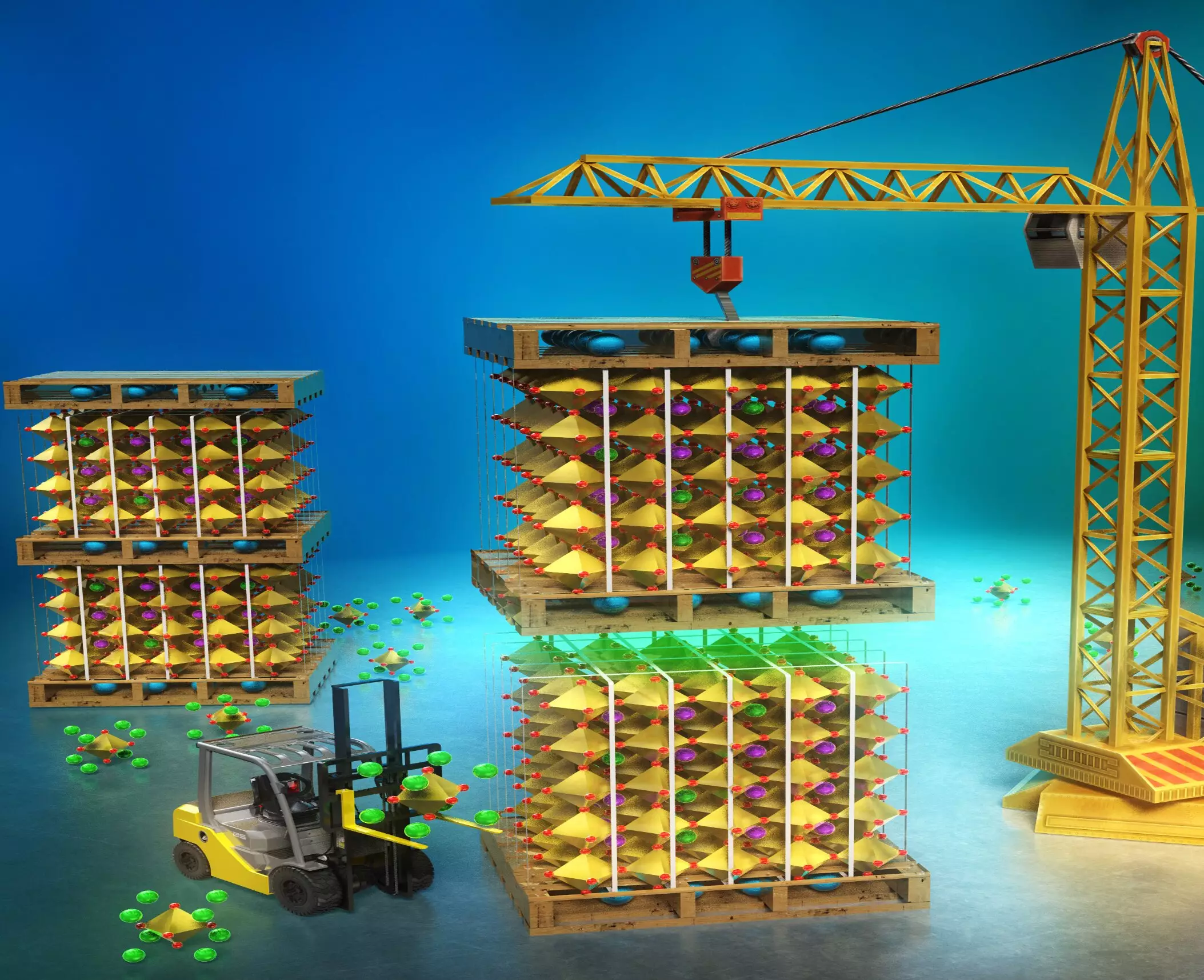Recent breakthroughs in material science have ushered in the development of layered perovskites, a class of materials that holds remarkable potential for future electronic applications. A pioneering study by researchers at Nagoya University in Japan has focused on synthesizing 4- and 5-layered iterations of these materials, ultimately unveiling a fascinating behavior tied to the number of layers present. This discovery not only enhances our understanding of ferroelectric properties but also suggests a transformative pathway for developing new electronic devices. The research was spotlighted in the esteemed Journal of the American Chemical Society, emphasizing the growing significance of layered perovskites in contemporary science.
The Importance of Ferroelectricity
Ferroelectric materials are characterized by their ability to maintain an electric polarization that can be modified or reversed by an external electric field. This unique property underpins their application in various electronic devices, including memory chips, capacitors, and sensors. At the heart of this phenomenon in perovskites is the crystal structure often composed of calcium titanium oxides, which facilitates the movement of ions when subjected to an external field. Researchers have been particularly focused on enhancing the functionalities of ferroelectric materials while taking caution regarding their environmental impact. Therefore, the pursuit of new structures, compositions, and lead-free materials is becoming increasingly urgent in the realm of material science.
The research team at Nagoya University has embarked on a journey to explore the untapped potential of layered perovskites within the Dion-Jacobson (DJ) framework. These materials possess asymmetrical layered octahedral structures, which are pivotal in introducing ferroelectric characteristics. However, a challenge arises from the diminishing thermodynamic stability as the layer count increases. To address this obstacle, the researchers developed a technique called the template synthesis method. This innovation allows for meticulous layering of perovskite structures to create multilayer formations akin to building blocks.
Minoru Osada from the Institute of Materials and Systems for Sustainability at Nagoya University elaborated on the template synthesis process, which facilitates control over the synthesis of multilayered structures through sequential reactions. This method not only enhances the precision of layer assembly but also paves the way for synthesizing complex architectures that would have been difficult to achieve with traditional methods.
The investigation yielded compelling results, revealing that the dielectric constants and Curie temperatures of the synthesized materials exhibited intriguing variability contingent on the odd or even nature of the layer count. In particular, the research team identified a distinct behavioral shift: with odd numbers of layers, the materials transitioned to a conventional direct ferroelectricity model, while even-layer structures inclined towards a novel indirect ferroelectricity model. This flexibility in behavior represents a significant breakthrough, suggesting that the characteristics of layered perovskites can be digitally manipulated based on their structural configurations.
The implications of this research extend far beyond fundamental science; it hints at a significant expansion in the design and functionalities of future electronic devices. As the quest for novel ferroelectric materials continues, the findings from Nagoya University provide crucial insights for engineers and scientists tackling the challenges of device miniaturization and efficiency. By identifying methods to strategically enhance or modulate material properties, the researchers set a new standard for exploring the realms of ferroelectricity and its applications.
Conclusion: The Future of Ferroelectric Research
The achievements reported by Nagoya University’s research group are instrumental not only in explaining the complex behavior of layered perovskites but also in laying the groundwork for the next generation of electronic materials. As the boundaries of material science continue to be pushed, the insights gained from these findings are expected to inspire innovative designs for future technologies, heralding a new era filled with possibilities for enhanced ferroelectric materials that are both effective and environmentally sustainable. The exploration of these layered structures stands as a testament to the relentless spirit of scientific inquiry, pointing toward a future rich with potential advancements in electronic applications.


Leave a Reply